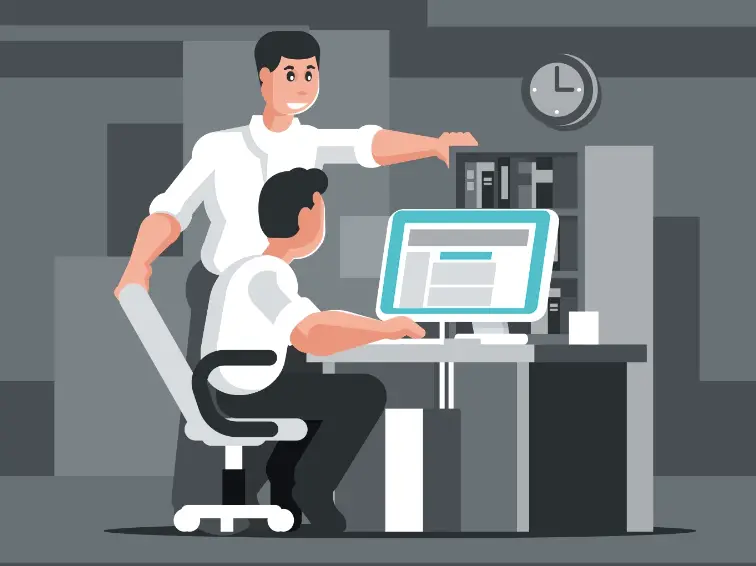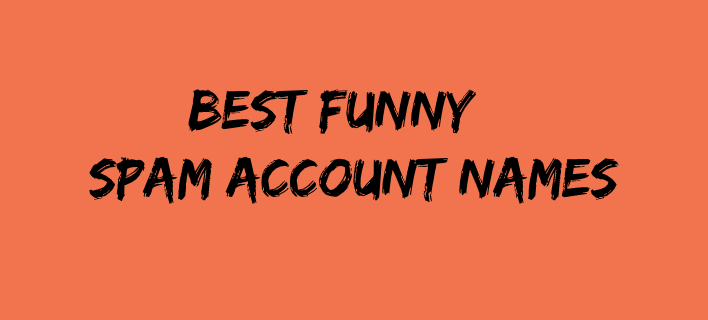Creating a startup is always a challenging job. It requires tons of effort, timeliness, dedication, and consistency. Every startup, when built into its final product, has passed through hundreds of different hurdles and obstacles in its way. Especially startups with unique ideas are more likely to face multiple difficulties.
Hundreds of various startups are created by different entrepreneurs to solve millions of problems in different ways. Almost every startup has unique features, and its plan is designed to focus diverse targeted audience of the market. Among various approaches taken to build multiple startups, software development is also an attractive and successful approach for beginners. One my friend’s startup Bekey.io is one of the successful leading startups running a software development business with an entire focus. The focus is what takes your startup ahead of the competition.
Every successful startup needs different ideas, tactics, and strategies before its implementation. When the complete planning has been done, it’s time for its development.

Every startup has five stages development process. Skipping any of them or assuming that none of them or even any of them does not apply to your startup can cause your startup to fail. Many companies have a lot of resources and workforce, but they need to give proper attention to these development stages, and as a result, they start failing in their projects or can’t derive profits from them. These stages of a startup’s development process not only help build up the startup but also facilitate reshaping the business structure.
Stages of Startup
Every startup is unique in its shape and structure, but every startup has to pass through different levels to come into existence. Software development services for startups fall under various categories and levels. As a benchmark, we have https://bekey.io/custom-software-development-for-startups as a role model, but to enlighten our readers more. We will discuss the Stages of Development below.
Typically, there are five stages of startup development:
- Idea
- Development and Launch
- Growth
- Expansion
- Wrapping up or Maturity
Idea
The idea is the primary, main, and starting point of any startup. This is the initial stage where the entrepreneur has a basic idea or concept for a business, but it still needs to be fully developed. It is the seed stage of any startup where you discover the solutions to your problems. This “idea” stage is the riskiest stage of any startup plan.
You have a small team with basic business ideas and initial plans at this stage. Your team has many questions at this stage while moving through the research process. For example, your search for the answers to the following questions:
- Who is my perfect buyer?
- What unique features will my product carry?
- How to compete with products already in the market?
- Why would the customers need a better outcome?
- What would the cost and price of the product be?
Development and Launch
Development is the next stage in any startup process. The development phase is where you start executing your ideas bit by bit. It is also called as “From Idea to MVP Stage .”MVP is termed a Minimum Viable Product.
In simple words, this is the stage where the entrepreneur begins to build and launch the business, including developing a product or service, building a team, and acquiring customers. Having an idea of your future product, you start putting efforts into it and testing its reliability in a small market first. You begin establishing your position and making customers know-how of your product. You start moving in four directions: company, collaborators, competitor, and customer.
This stage is about testing your skills on a smaller scale and preparing yourself and your product for the big market. At this stage, you question your product from different angles, such as defining your product timeline, ensuring you have the right expertise, and asking critical questions about it.
The goals to achieve in this stage are:
- Building an MVP for the product’s viability.
- Developing the business and implementing its features.
- Getting early clients and testing your product
Growth
Reaching to growth stage is an achievement. Now the business has established itself and focuses on scaling up and expanding its reach. It is a “milestone” that your startup product achieved. It’s a sign of your product being successful in its early stage.
It is the stage where you finally know about the marketing demands and understand the product’s nature and its competition in detail. Your startup begins to gain public attention and has its importance in the small market.
Your startup’s problem-solving tricks and techniques are generally accepted by the audience. It was finally deemed fit for the more extensive market as well. You still look for your product’s changes, modifications, and “tuning” to make it the center of attention. This stage is where you have got customer retention as well, which is termed the “gold standard” for the product.
Now you start looking forward to new and more significant opportunities and start having investments from different investors.
The objectives of the growth stage are:
- Generating comprehensive revenue and profit
- Attracting targeted audience
- Leading marketing campaigns
- Getting investments from different ventures
Expansion
The expansion stage is another achievement that any startup looks for. This is the final stage, where the business has reached its maximum potential and is now focused on maintaining its market position or looking for ways to diversify and continue growing. The growth stage looks for “stability,” while this stage focuses on the “scaling” of the startup product.
In this stage, the startup looks out for multiple distribution channels and enters new markets to expand its business. Furthermore, the startup is also expanding to new geographical areas, including foreign countries. New markets have higher competition as well as significant changes in risks too.
The entrepreneur’s team structure has gone to the next level too. New members have joined the team, and new duties are assigned. More customers need the services of the startup. The startup is exposed to various areas, and the competition to strive in the market becomes more burdensome.
This phase generates more profit and revenue than the earlier stages. The startup starts multitasking and starts gaining more exposure. But, this stage also needs more financial support. This financial support is then covered by the investments of significant investors or through the startup’s funds.
The expansion stage objectives of the startup are:
- Scaling and entering into new markets
- Expanding its features, services, tasks, and clients
- Experiencing international business
- Collaboration with other companies too
Wrapping Up
Wrapping up is the last stage of startup development. At this stage, your startup has finally produced enough stable revenue. It has a total client reach as well as a profitable future too.
This stage provides evidence that the startup development is finally completed and has now developed into a complete business. This maturity stage is when the directors consider going public and selling their business. All the critical goals have been achieved till this stage.
IPO (Initial Public Offering) is considered in this stage. This process is opening a share of a private startup company for the public. Therefore, a new investor can avail of this opportunity and become a shareholder in this company through its investment.
Summary
The startup is developed through different stages, and these stages are too followed step-by-step. Starting from “idea” as an initial point and reaching the “wrapping up” as a final point, it has to follow three more stages in the mid, i.e., development, growth, and expansion. The above-explained journey sums up the venture of startup development. All the stages have different objectives and goals to achieve. They all collectively make up startup development successful when they are performed with the dignity of the startup and end product in mind.







Add Comment